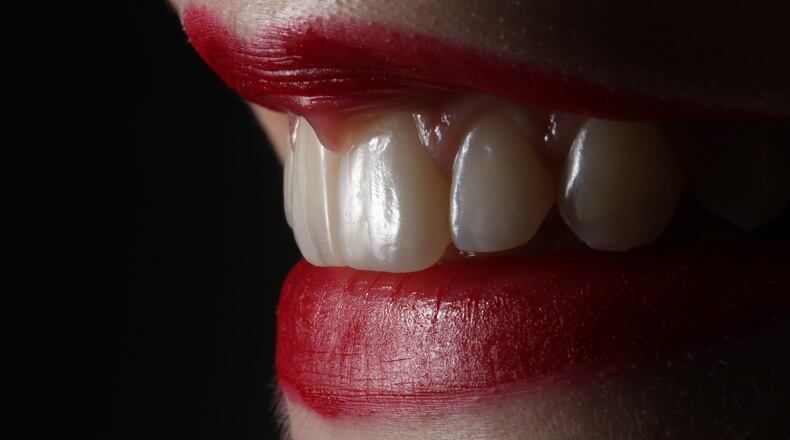The U.S. Food and Drug Administration has issued an updated regulation on dental amalgam, sometimes called “silver fillings,” due to potential risks to certain high-risk individuals.
Amalgam, the mercury-containing fillings used to fill cavities in teeth, may have harmful health effects for some groups, the FDA found. The mercury vapor released from the device is of concern.
The agency says people in the following groups should avoid getting dental amalgam whenever possible and appropriate:
- Pregnant women and their developing fetuses;
- Women who are planning to become pregnant;
- Nursing women and their newborns and infants;
- Children, especially those younger than 6 years of age;
- People with preexisting neurological disease such as multiple sclerosis, Alzheimer’s disease or Parkinson’s disease
- People with impaired kidney function; and
- People with known heightened sensitivity (allergy) to mercury or other components of dental amalgam.
Dental amalgam is a mixture of mercury and a powdered alloy made up of silver, tin and copper, the release said. Over time, the amalgam releases small amounts of mercury vapor. Certain behaviors such as teeth grinding impact how much vapor is released over time.
“These uncertainties in the most vulnerable patients are why today we are recommending people who may be at high risk for adverse health effects of mercury exposure use non-mercury alternatives to dental amalgam, such as composite resins and glass ionomer cement fillings,” Dr. Jeffrey Shuren, director of FDA’s Center for Devices and Radiological Health, said in a news release. “Dental amalgam-related mercury vapor release may be highest during placement or removal of the filling.”
The FDA does not recommend those with existing amalgam fillings remove or replace them if they are in good condition unless medically necessary.
Those in high-risk groups examining teeth restoration should discuss alternative products for the procedure with their dentist.
For more information, visit FDA.gov.
About the Author
The Latest
Featured



